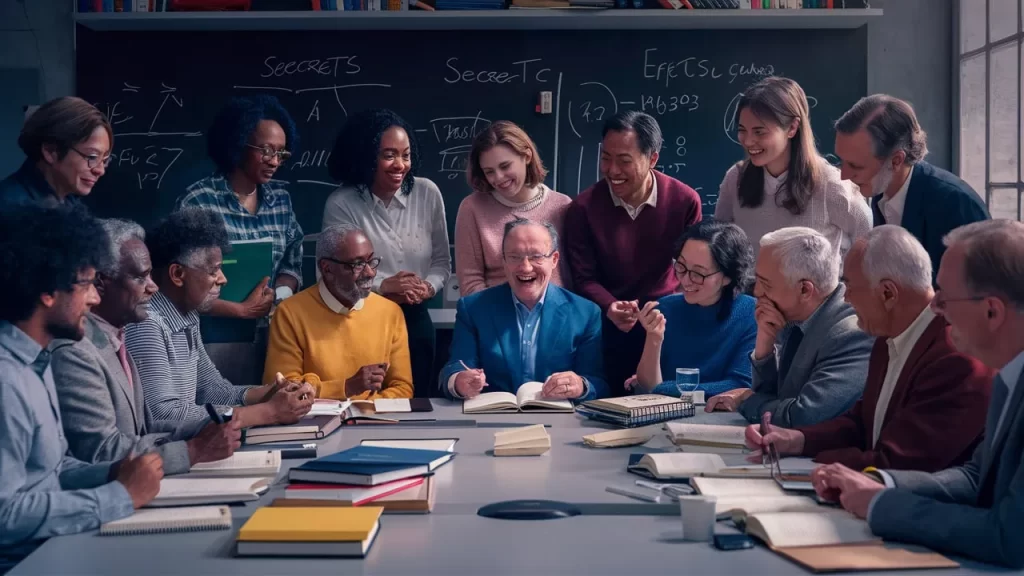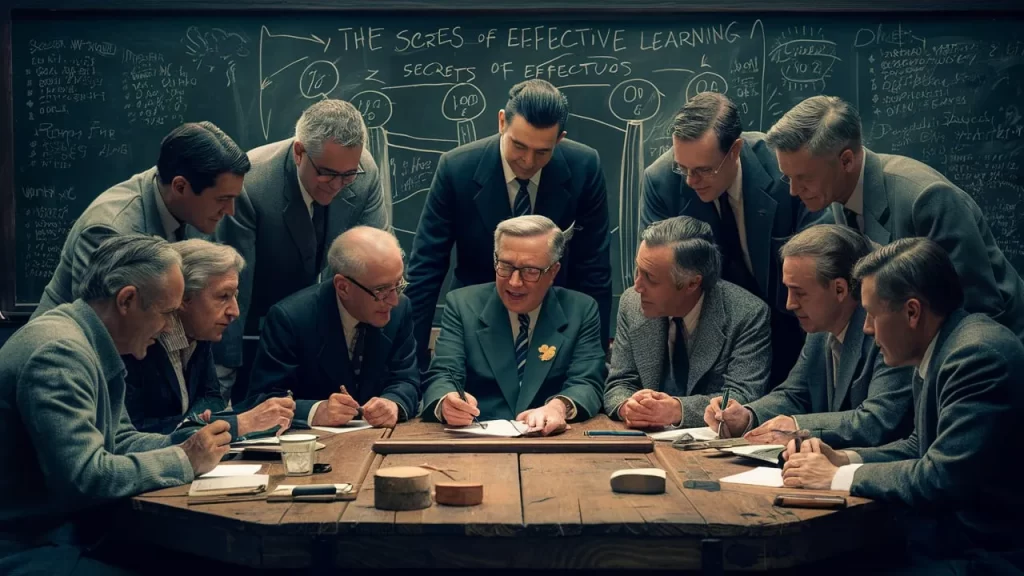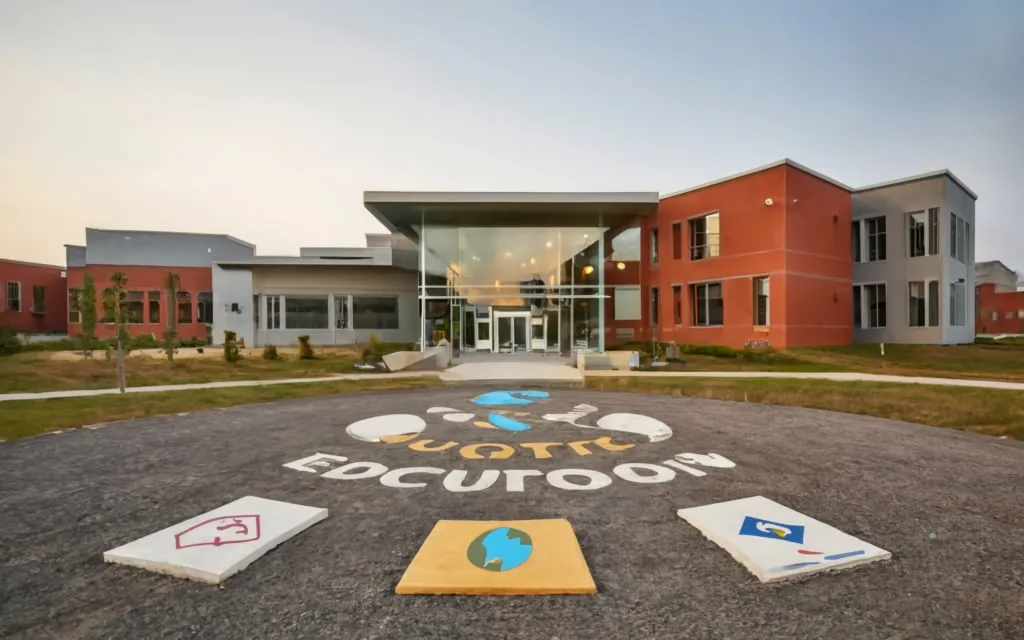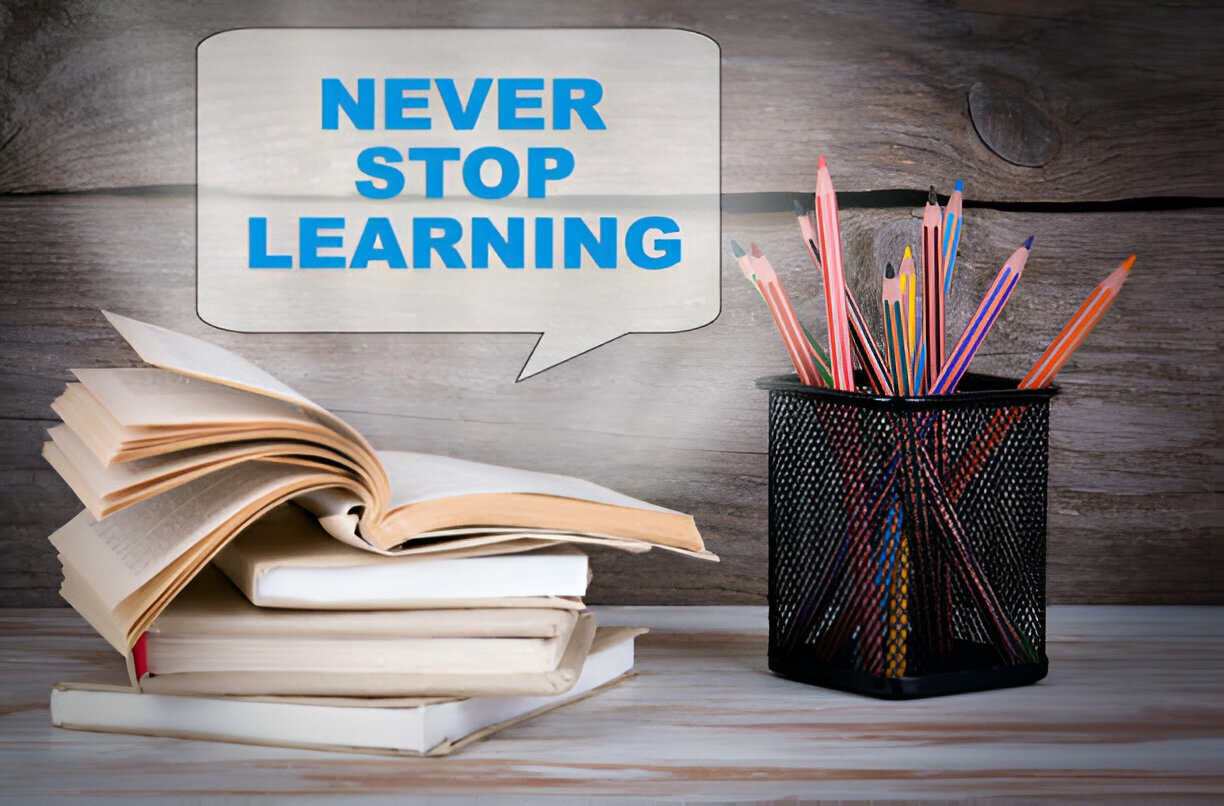Educational theorists have significantly shaped how we understand learning and teaching. Their ideas and insights have influenced educational practices worldwide. This article explores the secrets of effective learning, as revealed by some of the most influential educational theorists. Understanding these theories can help educators create better learning environments and improve student outcomes.
Educational Theorists
Educational theorists study how people learn and the best methods to teach them. Their theories offer valuable insights into creating effective learning environments. By exploring the ideas of prominent educational theorists, we can uncover the secrets to successful education. These insights are not just academic but have practical implications in everyday teaching and learning.
Jean Piaget and Cognitive Development

Jean Piaget, a Swiss psychologist, is well-known for his work on cognitive development. He believed that children learn by interacting with their environment and that their cognitive development progresses through a series of stages. Four phases of cognitive development are identified by Piaget’s theory: sensorimotor, preoperational, concrete operational, and formal operational.
Stage of Sensorimotor (0–2 years): Throughout this time, infants use their senses and movements to learn about the world. They develop an understanding of object permanence—the idea that objects continue to exist even when they cannot be seen.
Preoperational Stage (2-7 years): During this stage, children begin to use language and think symbolically. They are still egocentric, though, so they struggle to see things from other people’s viewpoints. They also struggle with understanding the concept of conservation—the idea that quantity remains the same even when its shape changes.
Concrete Operational Stage (7-11 years): In this stage, children develop logical thinking and understand the concept of conservation. They can perform mental operations on concrete objects but still struggle with abstract concepts.
Formal Operational Stage (12 and up): Adolescents and adults in this stage develop the ability to think abstractly, reason logically, and plan for the future. They can apply logical thinking and consider hypothetical scenarios.
These stages help educators create age-appropriate learning activities that align with students’ cognitive abilities. By tailoring teaching methods to the developmental stage of the learner, educators can enhance the learning experience and foster better educational outcomes.
Lev Vygotsky and Social Development Theory
Lev Vygotsky, a Russian psychologist, emphasized the social aspects of learning. He presented the idea of the Zone of Proximal Development (ZPD), which is the distinction between an individual learner’s capabilities and those that they can accomplish with assistance. Vygotsky’s theory suggests that learning is a social process and occurs through interactions with more knowledgeable others, such as teachers and peers.
Social Interaction: Vygotsky believed that social interaction plays a fundamental role in cognitive development. He argued that learning occurs through dialogue and collaboration with others, which helps learners internalize new knowledge and skills.
Scaffolding: Scaffolding is a key concept in Vygotsky’s theory. It refers to the support provided by teachers or more knowledgeable peers to help learners achieve tasks within their ZPD. As learners become more competent, the support is gradually reduced until they can perform the task independently.
Vygotsky’s ideas highlight the importance of collaborative learning and the role of teachers in guiding students through their ZPD. By providing appropriate scaffolding, educators can help students achieve higher levels of understanding and skill.
Howard Gardner and Multiple Intelligences

Howard Gardner, an American psychologist, proposed the theory of multiple intelligences. He argued that intelligence is not a single entity but consists of various types, each representing different ways of processing information. Gardner identified eight types of intelligences: linguistic, logical-mathematical, spatial, musical, bodily-kinesthetic, interpersonal, intrapersonal, and naturalistic.
Linguistic Intelligence: This type involves sensitivity to spoken and written language, the ability to learn languages, and the capacity to use language to accomplish certain goals. Public speakers, poets, and writers frequently possess high language intelligence.
Logical-Mathematical Intelligence: This intelligence involves the ability to analyze problems logically, carry out mathematical operations, and investigate issues scientifically. Mathematicians, scientists, and engineers typically have strong logical-mathematical intelligence.
Spatial Intelligence: This type involves the ability to recognize and manipulate the patterns of wide space (like those used by navigators and pilots) and more confined areas (like those used by sculptors, surgeons, and architects).
Musical Intelligence: This intelligence entails skill in performing, composing, and appreciating musical patterns. It includes sensitivity to rhythm, pitch, melody, and tone. Musicians, composers, and conductors often have high musical intelligence.
Bodily-Kinesthetic Intelligence: This type involves the ability to use one’s body to express oneself and to solve problems. It includes physical skills such as coordination, balance, agility, strength, and speed. Athletes, dancers, and surgeons typically have strong bodily-kinesthetic intelligence.
Interpersonal Intelligence: This intelligence involves the ability to interact effectively with others. It includes effective verbal and nonverbal communication, the ability to note distinctions among others, sensitivity to the moods and temperaments of others, and the ability to entertain multiple perspectives. Teachers, social workers, and actors often have high interpersonal intelligence.
Also Read: Educational.Assistant in Networking Tech: A Comprehensive Guide for Beginners
Intrapersonal Intelligence: This type involves the capacity to understand oneself, to have an effective working model of oneself—including one’s desires, fears, and capacities—and to use such information to regulate one’s life. Psychologists, philosophers, and writers often have strong intrapersonal intelligence.
Naturalistic Intelligence: This type of intelligence includes the capacity to identify and classify flora, fauna, and other natural objects. Biologists, environmentalists, and farmers typically have high naturalistic intelligence.
Gardner’s theory encourages educators to recognize and nurture diverse talents and learning styles in their students. By acknowledging that intelligence is multifaceted, teachers can create a more inclusive and effective educational environment.
Applying Theories in the Classroom

Creating a supportive learning environment involves applying the insights from educational theorists. Here’s how educators can use these theories to enhance teaching and learning:
Encouraging Exploration: Allow students to engage with their environment and learn through discovery. This approach aligns with Piaget’s theory of cognitive development, which emphasizes hands-on learning and interaction with the environment.
Promoting Social Interaction: Facilitate group work and discussions to enhance learning through collaboration. This strategy is rooted in Vygotsky’s social development theory, which highlights the importance of social interaction in learning.
Recognizing Individual Strengths: Identify and nurture each student’s unique intelligence and talents. Gardner’s theory of multiple intelligences suggests that recognizing diverse talents can help create a more inclusive and effective learning environment.
Practical Strategies for Teachers
To apply these theories effectively, teachers can use the following strategies:
** Differentiated Instruction: Adapt lessons to the various requirements of your pupils. This involves adjusting teaching methods and materials to accommodate different learning styles and abilities. For example, teachers can provide visual aids for spatial learners, use storytelling for linguistic learners, and incorporate hands-on activities for bodily-kinesthetic learners.
Interactive Activities: Incorporate hands-on and collaborative activities to engage students. These activities can include group projects, experiments, and interactive discussions. By providing opportunities for active participation, teachers can help students develop a deeper understanding of the material.
Formative Assessment: Use ongoing assessments to monitor student progress and provide feedback. Formative assessments can include quizzes, observations, and informal discussions. These assessments help teachers identify areas where students need additional support and adjust their teaching strategies accordingly.
Benefits of Educational Theorists
The theories of educational theorists offer several benefits:
Improved Teaching Methods: Teachers can develop more effective teaching strategies based on research-backed theories. By applying the insights from educational theorists, educators can create more engaging and effective learning experiences for their students.
Enhanced Student Engagement: Students are more likely to engage in learning when their needs and abilities are considered. By recognizing and nurturing diverse talents, teachers can create a more inclusive and motivating learning environment.
Personalized Learning: Educators can create personalized learning experiences that cater to individual student strengths. By understanding the unique learning styles and abilities of their students, teachers can provide targeted support and create more effective learning opportunities.
Closing Thoughts
Educational theorists like Jean Piaget, Lev Vygotsky, and Howard Gardner have provided valuable insights into the secrets of effective learning. By applying their theories, educators can create supportive and engaging learning environments that cater to their students’ diverse needs. This approach not only improves teaching practices but also enhances student learning outcomes.
Educational theorists continue to influence modern education, offering strategies that help students thrive. By incorporating their insights into your teaching, you can unlock the secrets of effective learning and make a lasting impact on your students’ educational journeys.
FAQs:
Who is Jean Piaget?
Jean Piaget was a Swiss psychologist known for his theory of cognitive development, outlining how children progress through four stages of learning.
What is the Zone of Proximal Development (ZPD)?
Lev Vygotsky introduced the ZPD, which is the gap between what a learner can do independently and what they can achieve with guidance.
What are Howard Gardner’s Multiple Intelligences?
Howard Gardner proposed that intelligence consists of various types, including linguistic, logical-mathematical, spatial, musical, bodily-kinesthetic, interpersonal, intrapersonal, and naturalistic.



